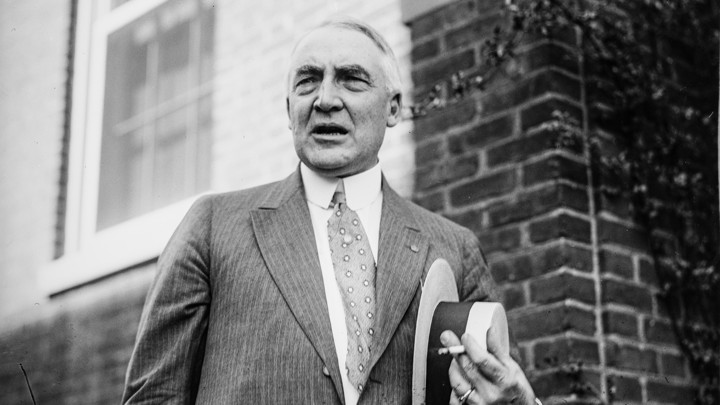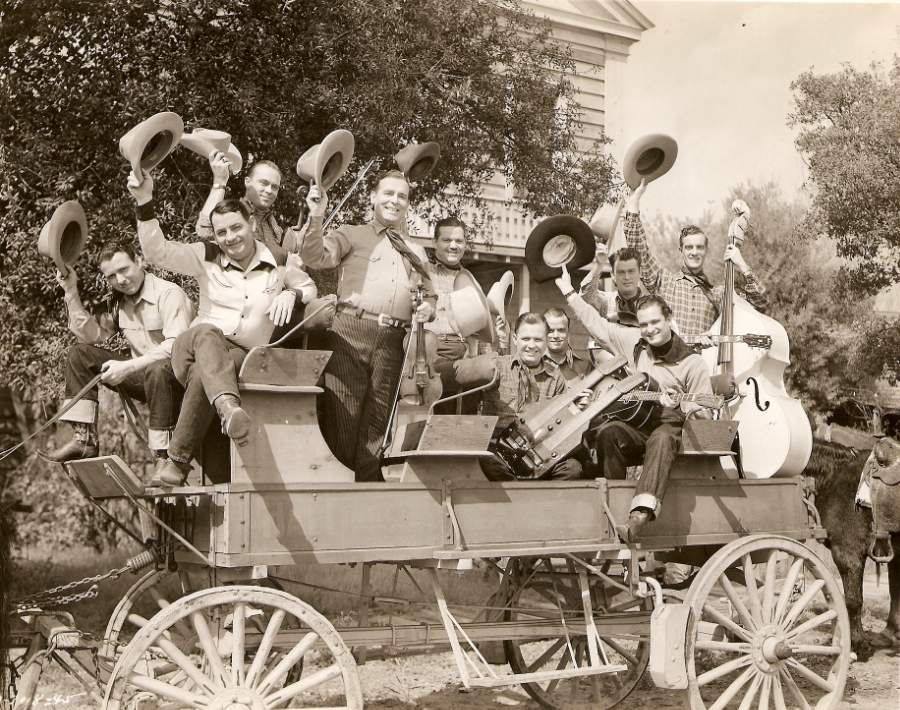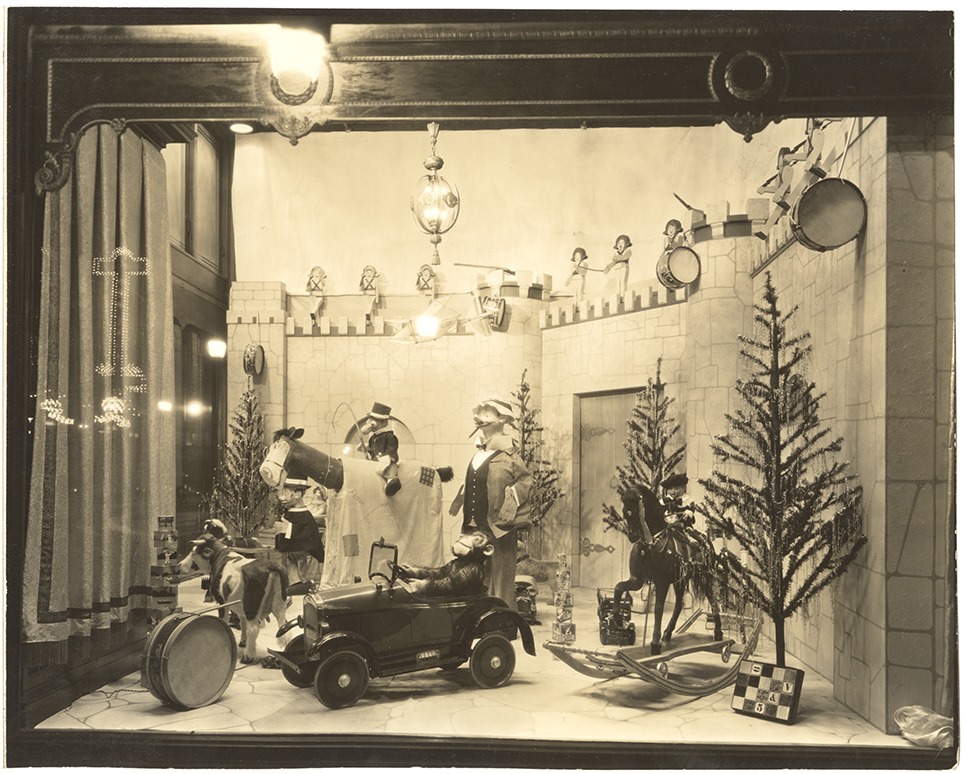
NHPRC News — December 2020
Inside the Commission
National Archives to Award $2.9 Million for Historical Records Projects
Archivist of the United States David S. Ferriero will award 36 grants totaling $2,947,836 to projects in 28 states, the District of Columbia, and Puerto Rico, pending appropriations of a final budget for FY 2021. The National Archives grants program is carried out with the advice and recommendations of the National Historical Publications and Records Commission (NHPRC). The new round of grants were selected at its November meeting, and a complete list is available online.
The NHPRC will fund the following projects:
Major Initiatives Program - to improve public discovery and use of major historical records collections:
- Ohio Historical Society to reprocess and catalog the Warren G. Harding collection
- Johnson C. Smith College to document the effects of urban renewal on Charlotte, NC
- Washington State Archives for its Territorial Court records
- Museum of Chinese in America oral history
- Puerto Rico Public Broadcasting to digitize historical broadcasts of WIPR
Publishing Historical Records - for projects that document major historical figures, and important eras and social movements in the history of the nation:
- John Adams and Family Papers
- Papers of Eleanor Roosevelt
- Presidential Records Project
- Papers of Clarence Mitchell
- Civil War Governors of Kentucky Digital Edition
- Correspondence of Zachary Taylor and Millard Fillmore
- Documentary History of the Ratification of the U.S. Constitution and Adoption of the Bill of Rights.
Three new projects will receive their first NHPRC Publishing grant:
- The Papers of Julian Bond, 20th century Civil Rights icon
- The Complete Correspondence of Charles W. Chesnutt, African American writer and voting rights activist
- Slavery, Law, and Power: Struggles over Justice and Democracy in the Anglo-Atlantic World, a collection of documents from the UK, Europe, and Barbados tracing slavery laws in the Americas
An Archives Collaborative grant will go to Michigan’s Upper Peninsula Digital Preservation Access Network and an Archival Projects grant will go to Willamette University to process the papers of Mark O. Hatfield.
An additional 19 State Board grants will go to state historical records advisory boards to carry out their mission to strengthen the nation’s archival network.
Two Named to the Commission
Two long-time friends of the National Historical Publications and Records Commission have been chosen to serve on the advisory board.
The National Association of Government Archivists and Records Administrators has appointed Kathleen Williams as it representative. Since 2017 Kathleen has served as the Chief Archivist of the National Gallery of Art in Washington, DC. Prior to that appointment, she had worked for more than 13 years with the Commission, beginning as its Deputy Executive Director in 2004 and as Executive Director in 2008. She also worked for over two decades as an archivist at the Corcoran Gallery of Art, the Museum of Fine Arts, Houston, and the Smithsonian Institution. She replaces Kaye Minchew.
C. James Taylor, former editor of the Adams Family Papers at the Massachusetts Historical Society, has been appointed to represent the Association for Documentary Editing. Jim is also the former co-editor of the Papers of Henry Laurens (another NHPRC-funded project), a former associate research professor of history at the University of South Carolina, and the co-author of A South Carolina Chronology 1497-1992. He replaces Michael Stevens. that
Grant Deadlines
Archives Collaboratives
For projects to plan and develop a working collaborative designed to enhance the capacity of small and diverse organizations with historical records collections.
Final Deadline: June 9, 2021
Access to Historical Records: Major Initiatives
For projects that will significantly improve public discovery and use of major historical records collections.
This program has two phases. You must submit a Preliminary Proposal. Selected applicants will then be invited to submit a Final Proposal
Preliminary Proposal Deadline: February 25, 2021
Final Deadline: July 13, 2021
State Board Programming Grants
For projects that strengthen the nation’s archival network through activities undertaken by state historical records advisory boards.
Final Deadline: June 9, 2021
Institutes for Historical Editing
For projects to develop and administer basic and advanced Institutes for Historical Editing.
Final Deadline: June 9, 2021
Publishing Historical Records in Documentary Editions
For projects to publish documentary editions of historical records.
This program has two deadline options:
Final Deadline: June 9, 2021
Final Deadline: October 7, 2021
Check each program announcement for optional Draft deadlines.
News from the Field
The Osborne Papers
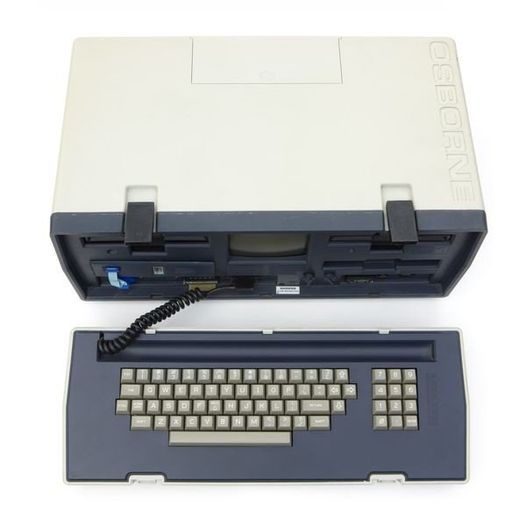 Yes, kids, that's a computer. The Osborne 1, the first commercially successful portable microcomputer, arrived in the market way back in 1981.
Yes, kids, that's a computer. The Osborne 1, the first commercially successful portable microcomputer, arrived in the market way back in 1981.
The machine was the brainchild of Adam Osborne, who was born in 1939 in Bangkok, Thailand and spent much of his childhood in South India, before studying chemical engineering at Birmingham University in England. In 1968 he completed his doctorate at the University of Delaware and found a job as a chemical engineer at Shell Oil in Northern California.
A computer hobbyist in his spare time, Osborne founded Osborne and Associates, which specialized in publishing easy-to-read books and manuals on computers. During this period, he was a regular attendee of the Homebrew Computer Club meetings, and by the time he sold his
publishing company in 1979, he had become a well-known figure among computer enthusiasts.
A long-time advocate for the need of a portable computer, Osborne approached hardware designer Lee Felsenstein with his ideas in 1979. They unveiled the Osborne 1 at the West Coast Computer Faire in April, 1981. It immediately became one of the industry’s best selling personal computers, and was the world’s first commercially successful portable computer.
The Osborne 1 came complete, ready to Plug'n'Play, with CP/M operating system (forerunner of DOS), WordStar word processing, and SuperCalc spreadsheet. It featured a 5"-diagonal monitor with a black/green display and ran on a 64K RAM Zilog Z80 Processor at a full 4Mhz and there were two 5.25" 102K floppy drives. All yours for $1795 in 1981. The Osborne Computer Corporation over-estimated the audience and had to declare bankruptcy in September, 1983.
Osborne wrote a cautionary book about the lessons learned, and Hypergrowth: The Rise and Fall of Osborne Computer Corporation. Next, Osborne founded Paperback Software International Ltd., a company specializing in inexpensive software. In 1987, Lotus Software sued for copyright infringement, and eventually won the case in 1990, effectively putting an end to Paperback Software.
His health declining, Osborne moved back to India, where he passed away in 2003 at the age of 64.
Osborne's papers are at the Computer History Museum, which is processing collections of the pioneers of the industry through a grant from the NHPRC. Click through to read the Finding Aids to the collections.
Dusting Off the Western Swing
Howdy from Bob Wills and his Texas Playboys!
A bandleader, fiddler, singer, and songwriter, Bob Wills is the most famous exponent of the popular musical style known as western swing, which synthesized ragtime, traditional fiddling, New Orleans jazz, blues, Mexican songs, and big band swing.
The band is one of the many captured in recordings at the Country Music Hall of Fame and Museum, made accessible by a grant from the NHPRC to digitize 1,200 hours of rare, fragile, and historically-significant recordings by country music artists. Drawn from the Bob Pinson Recorded Sound Collection, these quarter-inch audio tapes contain the only-known surviving recordings of interviews and performances by artists such as Johnny Cash and James Brown and of historically significant broadcasts by the Grand Ole Opry and Nashville R&B station WLAC.
Here's a May 1946 recording of Bob Wills and his Texas Playboys performing: Cowboy's Dream -- White Christmas (incomplete take) -- White Christmas -- My Life's Been A Pleasure -- Don't Sweetheart Me
Documenting Ithaca through HistoryForge
Have you ever wondered who used to live in your old house? Or tracked the demographic changes in your city?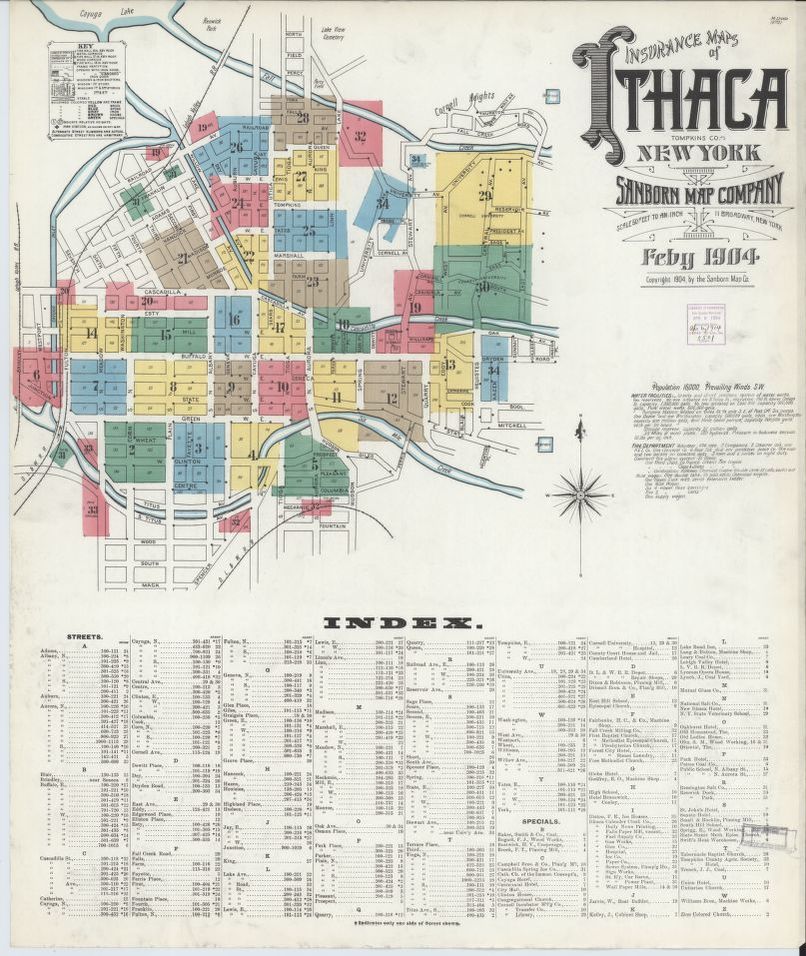
The History Center in Ithaca, New York has created HistoryForge, a web application that combines information from U.S. census records, Sanborn maps, and other records in to an interactive framework of human and spatial relationships that illustrate what communities looked like and how they evolved over time. Through a grant from the NHPRC, the HistoryForge is engaging the public in the development of a full-featured web environment that will provide a new way of exploring local history.
Dedicated volunteers are transforming hand-written census records of Ithaca from 1900 to 1940 (along with city directories) into a database that can be used to explore ethnicity, professions, homeownership, and many other elements that defined and represented the lives of ordinary people in the early 20th century. You can see HistoryForge online at https://www.historyforge.net/
HistoryForge is open source and is being designed so that it could be adapted by any community with historical maps and untapped information resources such as the census.
To find out how this project came to be, check out the https://youtu.be/w77s8Yt5yKY
Christmas Windows Downtown
Time to finish up your shopping.
A visit to the elaborate displays in downtown department stores once defined the holiday season. In Pittsburgh, Kaufmann’s Department Store featured as many as 26 decorated windows in a Christmas tableau wrapping around the block. Shown here is Kaufmann’s Christmas window with the “Toyland” theme, c. 1926-1928. The horse and rider in the middle closely resemble the popular 1920s cartoon characters Barney Google and his horse, Spark Plug. MSP #371, 2002.0158, Heinz History Center.
Downtown shopping at department stores may well be part of our fading memories. Kaufmann’s, which was built in 1878, was gone for good by 2005. You can read more about the Kaufmann's Christmas windows (along with other Pittsburgh department stores) at the Heinz History Center blog.
A grant from the NHPRC helped the Heinz History Center process 14 collections of businesses headquartered in Western Pennsylvania.
Jefferson Charts the Weather
It was a beautiful day to be born. In fact, early July 1776 was mild in Philadelphia, with temperatures in the 70s. We know this because Thomas Jefferson began keeping daily observations of the weather when he was in Philadelphia attending the Second Continental Congress in July 1776. He maintained these manuscript records, with some gaps, until June 1826, a few days before his death.
Over this period of fifty years, he made more than 18,500 weather observations at locations that included his home of Monticello in central Virginia, Paris, and Washington, D.C. In addition to noting the temperature and general weather conditions, Jefferson at times included details on barometric pressure, air moisture, wind direction and force, and amounts of rainfall or snow. The register also contains occasional notes relating to ecology and seasons, such as the appearance of certain bird species in the spring or the first availability of produce such as peas and strawberries.
The Papers of Thomas Jefferson at Princeton University and the Center for Digital Editing at the University of Virginia have published the Jefferson Weather & Climate Records (https://jefferson-weather-records.org), a digital resource created from the meteorological observations meticulously recorded by Thomas Jefferson for nearly half a century. Support for the Jefferson Weather and Climate Records has been provided by the National Historical Publications and Records Commission.
This new digital resource provides a full transcription of Jefferson’s handwritten records. Visitors to the website can view the transcription in parallel with images of the original manuscript pages, which are now brought together from the collections of the Massachusetts Historical Society, the Library of Congress, the New York Public Library, the New-York Historical Society, and the Historical Society of Pennsylvania.
In making available essential source material for climate history, ecological and environmental history, history of science, economic history, agricultural history and social history, this site will significantly contribute to our understanding of weather in the early national period of the United States and the history of North American climate over the last 250 years.
The Jefferson Weather and Climate Records, along with comparable projects of the Center for Digital Scholarship at the American Philosophical Society, are pilot components of a planned Early American Weather Records online platform that will serve as a portal and search engine for transcribed American meteorological records from before 1850.
